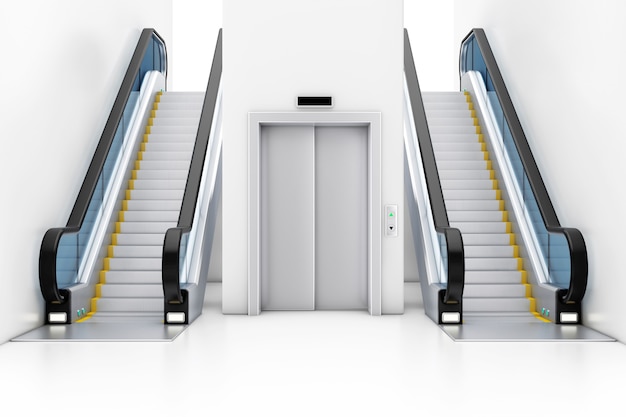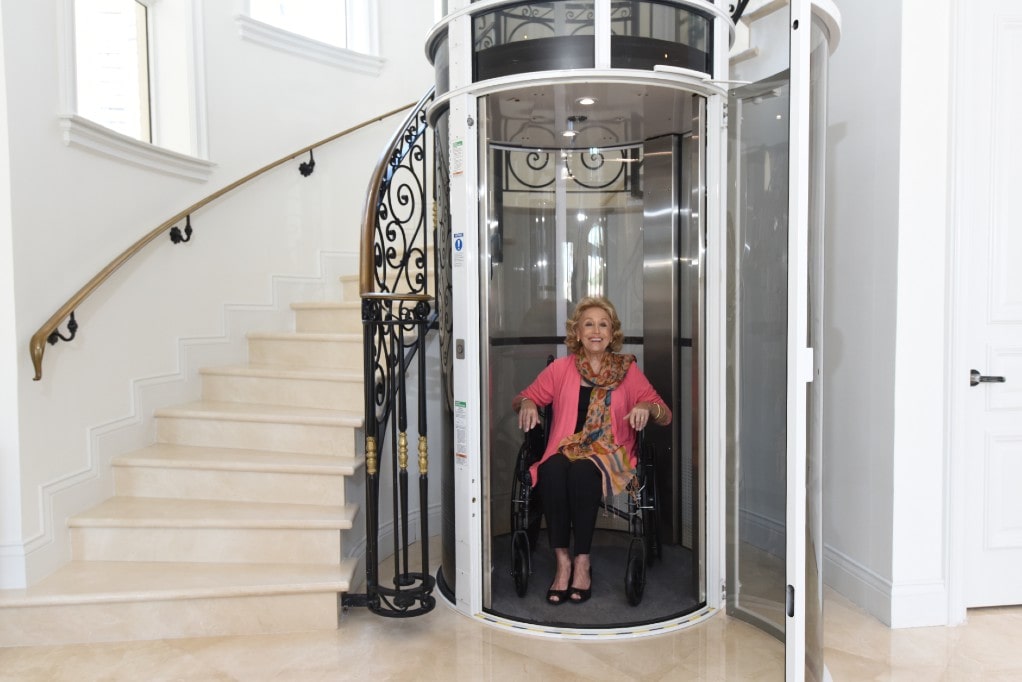Leading Lift Companies in London: Supplying Exceptional Service and Support
Leading Lift Companies in London: Supplying Exceptional Service and Support
Blog Article
Looking Into the Globe of Elevators: Usual Issues Faced by Numerous Lift Systems
As we browse through the upright transport systems of modern structures, elevators stand apart as a crucial element of our daily lives. Nonetheless, behind their smooth operation lies a world of elaborate systems that can occasionally run into challenges. From hydraulic elevators to traction systems and machine-room-less layouts, each lift type features its collection of typical issues. Comprehending these difficulties is important for ensuring the smooth performance of these essential systems. Let's explore the intricacies that underlie the procedure of lifts and the prospective issues that can arise, losing light on the elaborate web of lift mechanisms.
Hydraulic Elevators
Hydraulic elevators, often chosen for low-rise structures, make use of fluid stress to manage the motion of the lift car (lift repair companies). This mechanism includes a hydraulic pump pressing oil right into a cylinder, creating the lift to relocate in the desired instructions. While hydraulic lifts are known for their smooth and quiet operation, they do include their own set of usual issues
One common problem with hydraulic lifts is oil leakage. The seals in the hydraulic system can use out gradually, causing oil seepage. This not just develops a mess yet can additionally impact the lift's performance if left unaddressed. In addition, concerns with the control system, such as defective shutoffs or a malfunctioning pump, can trigger disturbances in the lift's motion.
Regular maintenance and prompt fixings are essential to guarantee the smooth functioning of hydraulic elevators. By resolving these usual concerns proactively, building owners can reduce downtime and make sure the safety and performance of their upright transport system.
Grip Lifts
When considering vertical transportation systems in buildings, another common kind apart from hydraulic lifts is the grip lift. Traction elevators run utilizing a system of ropes and weights that relocate the lift cars and truck by grasping onto the hoist ropes. This device enables smoother and much faster upright transportation compared to hydraulic systems.
One of the typical concerns encountered by traction lifts is rope wear. The consistent activity of the ropes within the traction system can lead to tear and put on gradually, potentially creating the elevator to breakdown or come to be harmful for usage. Normal examinations and upkeep of the ropes are vital to ensure the elevator's appropriate functioning and safety and security.
Another issue that grip lifts might experience is associated with the control system. Troubles with the control system can lead to concerns such as irregular movement, delays in reaction times, or also complete shutdowns. Regular screening and upkeep of the control system are vital to avoid such issues and guarantee the lift's integrity.
Machine-Room-Less (MRL) Elevators

Among the key components of MRL elevators is the compact gearless traction maker that is installed within the hoistway. This equipment successfully drives the lift auto without the requirement for large devices located in traditional traction elevators. In addition, MRL elevators commonly use a weight system to stabilize the vehicle, further boosting their power efficiency.
Despite their benefits, MRL elevators might encounter obstacles related to upkeep and repair due to the confined space for devices setup. Availability for servicing elements within the shaft can be limited, requiring specialized training for technicians. Appropriate maintenance schedules and regular examinations find more info are vital to guarantee the continued smooth operation of MRL lifts.
Overloading and Weight Limitation Issues
Are lifts furnished to handle excess weight lots effectively and securely? Overwhelming and weight restriction issues are crucial concerns in elevator operations. Lift makers style lifts with particular weight capacities to make sure guest safety and security and devices long life. Going beyond these weight restrictions can lead to different troubles, consisting of mechanical failures, delays, and security threats.
When elevators are strained, it puts excessive pressure on the electric motor, cords, and other elements, possibly triggering malfunctions or breakdowns. If they spot excess weight, security devices such as sensors and overload sensing units are in area to protect against elevators from relocating. In addition, going beyond weight limitations can result in enhanced power usage and wear and tear on the elevator system.
To reduce overwhelming concerns, building managers should plainly show weight limits in elevators and inform owners on the significance of he has a good point sticking to these restrictions - lift repair companies. Normal maintenance checks by qualified technicians can likewise aid make sure that lifts are running within safe weight criteria. By resolving overloading and weight limit concerns proactively, building owners can enhance lift safety and security and efficiency
Electrical System Failures
Surpassing weight restrictions in elevators can not just cause mechanical problems however likewise possibly add to electrical system failings within the lift framework. Electrical system failings are an essential issue in elevator procedure, as they can create unforeseen shutdowns, malfunctions, or also security threats. One typical electric issue is the getting too hot of parts because of excessive existing flow triggered by overloading the lift beyond its capacity. This can lead to damage to the electric motor, wiring, or control systems, causing pricey repairs and downtime.
Moreover, power surges or variations in the electric supply can additionally interrupt the lift's procedure, affecting its efficiency and security. These electrical disturbances can damage delicate lift elements such as control panels, motherboard, or sensing units, causing system failures. Regular upkeep and assessments are essential to identify and address possible electrical issues without delay, making certain the efficient and safe procedure of lift systems. By sticking to weight restrictions and conducting routine electrical system checks, structure proprietors can alleviate the danger of electric failings in elevators.
Verdict

Hydraulic lifts, often liked for low-rise buildings, make use click for more info of fluid stress to regulate the motion of the lift auto.When considering vertical transport systems in buildings, another typical type apart from hydraulic elevators is the grip elevator. Traction lifts run using a system of ropes and counterweights that move the elevator automobile by clutching onto the hoist ropes. Unlike typical elevators that need a separate machine space to house the equipment, MRL lifts integrate most of the components within the shaft, eliminating the need for a devoted equipment space.In final thought, lifts deal with common concerns such as hydraulic malfunctions, grip system failings, and electric system troubles.
Report this page